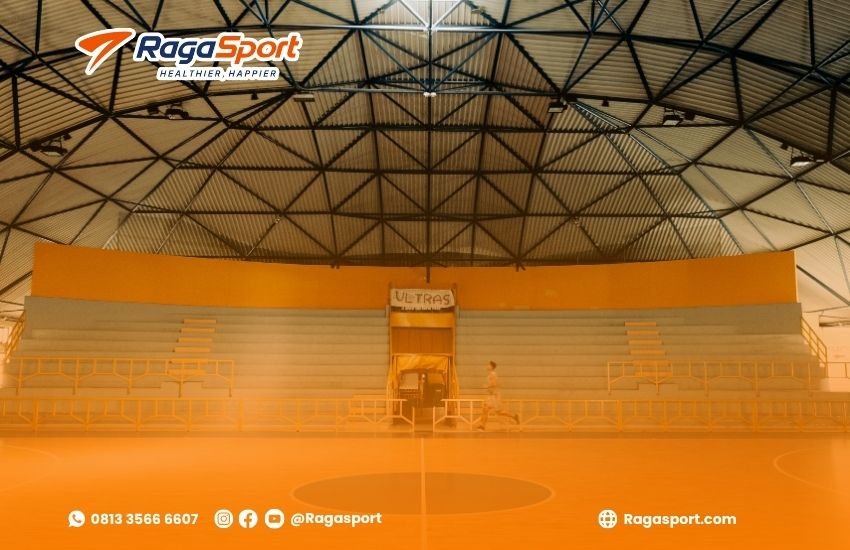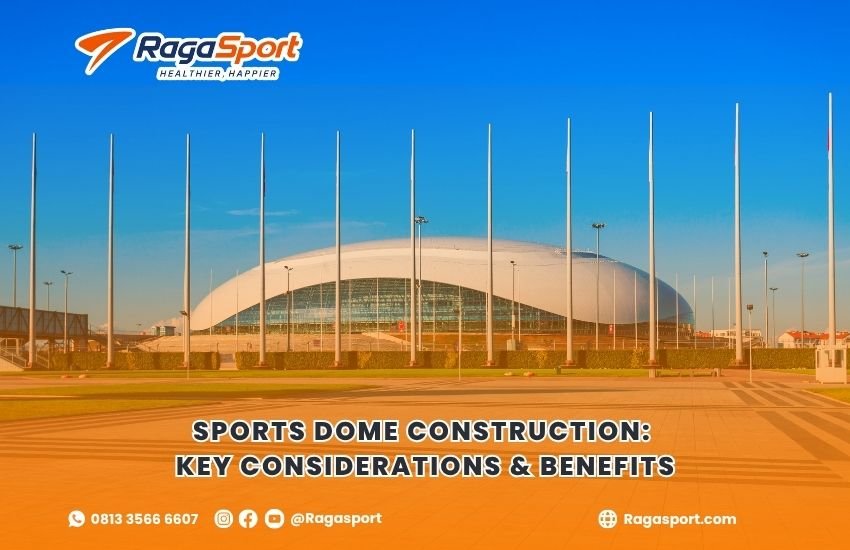Sports Dome Construction: Key Considerations & Benefits
Introduction to Sports Dome Construction
Sports domes are rapidly becoming a preferred solution for modern athletic facilities. Whether for soccer, tennis, basketball, or multi-sport complexes, these structures offer flexibility, protection from the elements, and cost-efficiency. Unlike traditional buildings, sports domes—especially air-supported or tensioned fabric structures—can be constructed quickly and customized for a wide range of sports and locations.
This article explores the most important factors to consider when building a sports dome and highlights the many advantages of choosing this innovative structure.
Table of Contents
1. Types of Sports Domes
1.1 Air-Supported Domes
These structures are held up by internal air pressure. They are lightweight, cost-effective, and ideal for covering large spaces without internal columns. Backup systems ensure safety in the event of power loss.
1.2 Tensioned Fabric Structures
Built with steel frames and tensioned fabric membranes, these domes offer durability and resistance to wind, snow, and rain. They can be permanent or semi-permanent solutions for year-round sports.
1.3 Inflatable Domes
Similar to air-supported domes but often used for temporary setups or single-season applications. They are portable and easy to install or dismantle.
Each type serves different needs based on budget, climate, and usage.
2. Site Planning and Design Requirements
2.1 Site Evaluation
Before construction begins, a comprehensive site analysis is required. This includes soil testing, access roads, wind load considerations, and drainage.
2.2 Permitting and Regulations
Domes must comply with local building codes, fire safety regulations, and zoning requirements. Working with a contractor familiar with these rules is essential.
2.3 Dome Size and Height
Dimensions depend on the sport(s) the facility will serve. For example:
- Soccer: Wide-span domes with clear ceiling height for ball flight
- Tennis: Narrower with moderate clearance
- Multi-sport: Modular layouts with flexible flooring and equipment zones
Proper height is critical to avoid interference during gameplay and ensure comfort.
3. Structural and Material Considerations
3.1 Foundation Systems
Even temporary domes require anchoring systems. Common foundations include concrete ring beams or ground anchors, which provide stability and resistance to uplift forces.
3.2 Frame and Fabric Materials
High-quality PVC-coated polyester fabrics are common for dome coverings due to their durability, UV resistance, and light transmission. Steel or aluminum frames add structural integrity to tensioned domes.
3.3 Climate Adaptability
The structure must withstand local environmental conditions such as wind, snow, or tropical heat. Proper insulation and ventilation should be integrated to regulate internal temperatures.
4. Interior Systems and Amenities

4.1 Lighting and Electrical
LED lighting is preferred due to energy efficiency and brightness. Even distribution eliminates shadows and ensures optimal visibility for athletes.
4.2 HVAC and Air Circulation
Heating, ventilation, and cooling systems must be integrated into the design. Air-supported domes especially rely on consistent air pressure and circulation for structural integrity.
4.3 Flooring and Sports Equipment
Choose flooring materials based on the sport—turf for soccer, cushioned vinyl or hardwood for basketball or volleyball. Built-in equipment zones enhance functionality and minimize clutter.
5. Benefits of Sports Dome Construction
5.1 Year-Round Use
One of the biggest advantages of domes is protection from weather. Rain, snow, wind, and heat no longer interrupt schedules, making these facilities suitable for continuous training and events.
5.2 Fast Construction Timeline
Unlike traditional buildings, domes can be constructed in weeks rather than months. This rapid deployment reduces downtime and accelerates ROI for commercial sports facilities.
5.3 Cost Efficiency
Sports domes require fewer materials and labor, lowering overall project costs. Their modular nature allows scalability, and operating costs are often lower due to natural lighting and insulation options.
5.4 Flexibility and Portability
Many dome structures can be relocated or repurposed for other sports, making them ideal for schools, municipalities, or temporary event venues.
5.5 Branding and Aesthetics
Modern domes can be customized with logos, color schemes, and architectural features to reflect a club or institution’s identity.
6. Challenges and Solutions
6.1 Maintenance Requirements
Domes require periodic inspection for tears, anchor wear, and mechanical systems. Choosing quality materials and a reputable contractor helps minimize these issues.
6.2 Power Dependency
Air-supported domes rely on fans and air systems. Including backup generators or alarm systems is critical for safety and continuity.
6.3 Acoustics
Sound can reverberate in dome structures. Acoustic treatments or strategic interior design can reduce echo and improve sound quality for coaches and players.
7. Choosing the Right Construction Partner
7.1 Experience with Dome Projects
Not all contractors have expertise in dome engineering. Choose a firm that understands both the technical and regulatory aspects of sports dome construction.
7.2 Custom Design Capabilities
Each project is unique. The right company should offer custom layouts, sport-specific modifications, and mechanical integrations such as HVAC, lighting, and security.
7.3 After-Sales Support
Reliable companies offer maintenance plans, training, and responsive service. This is especially important for climate-control systems and air structures.
8. Why Sports Domes Are the Future of Athletics
With growing demand for year-round, multi-sport training facilities, sports domes are proving to be a long-term solution. They offer the flexibility of use, lower operational costs, and fast implementation—all key factors for schools, academies, and private investors.
Domes are also being used for:
- Indoor pickleball complexes
- Winter training for outdoor sports
- Covered tennis or futsal courts
- Community recreation centers
As design and material technologies advance, dome performance, comfort, and lifespan continue to improve.

Ready to Build Your Custom Sports Dome?
Let Raga Sport turn your vision into reality with expert construction, top-quality materials, and a field that meets every standard.
👉 Explore our projects at ragasport.com
📲 Chat with our team now via WhatsApp: Click Here

